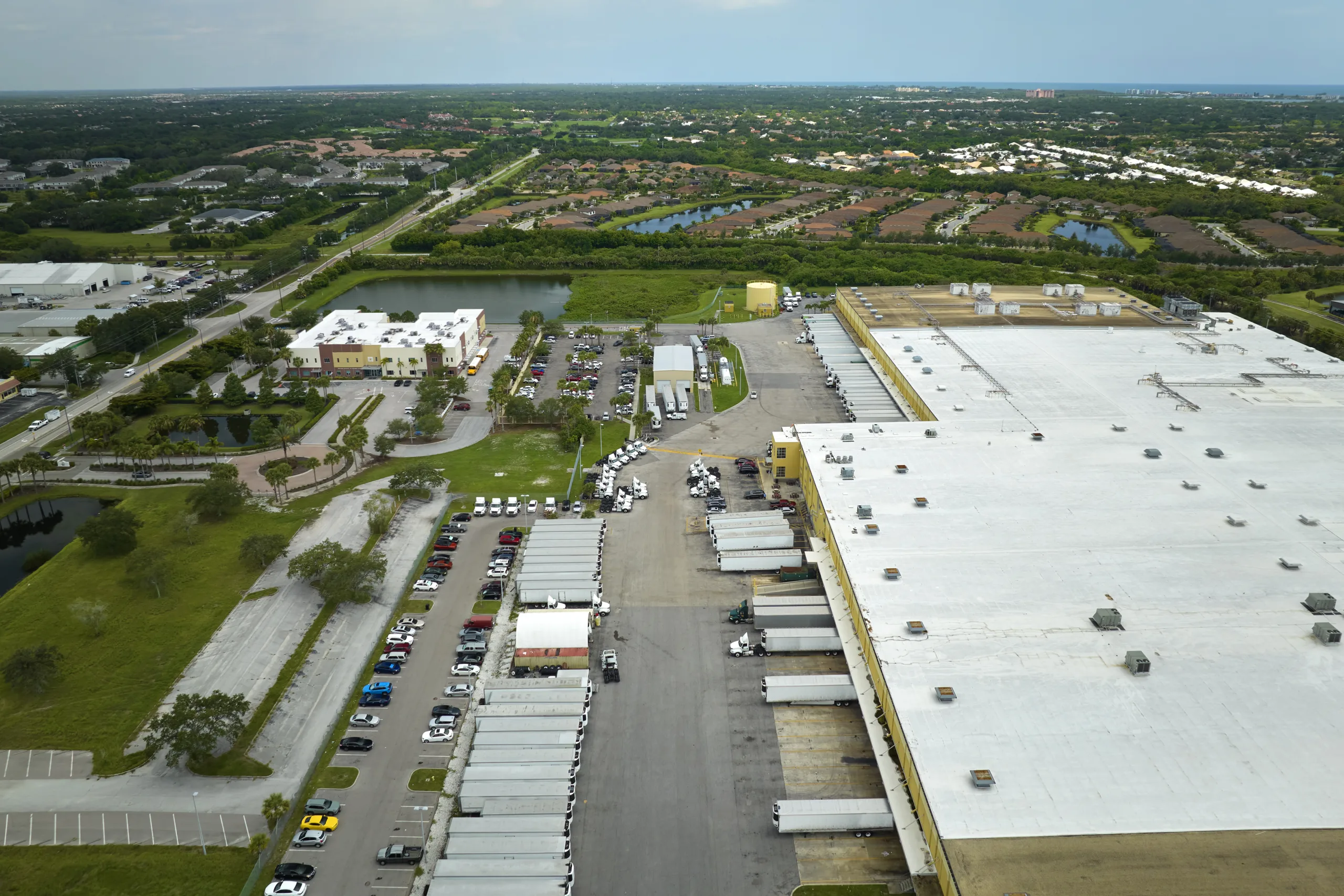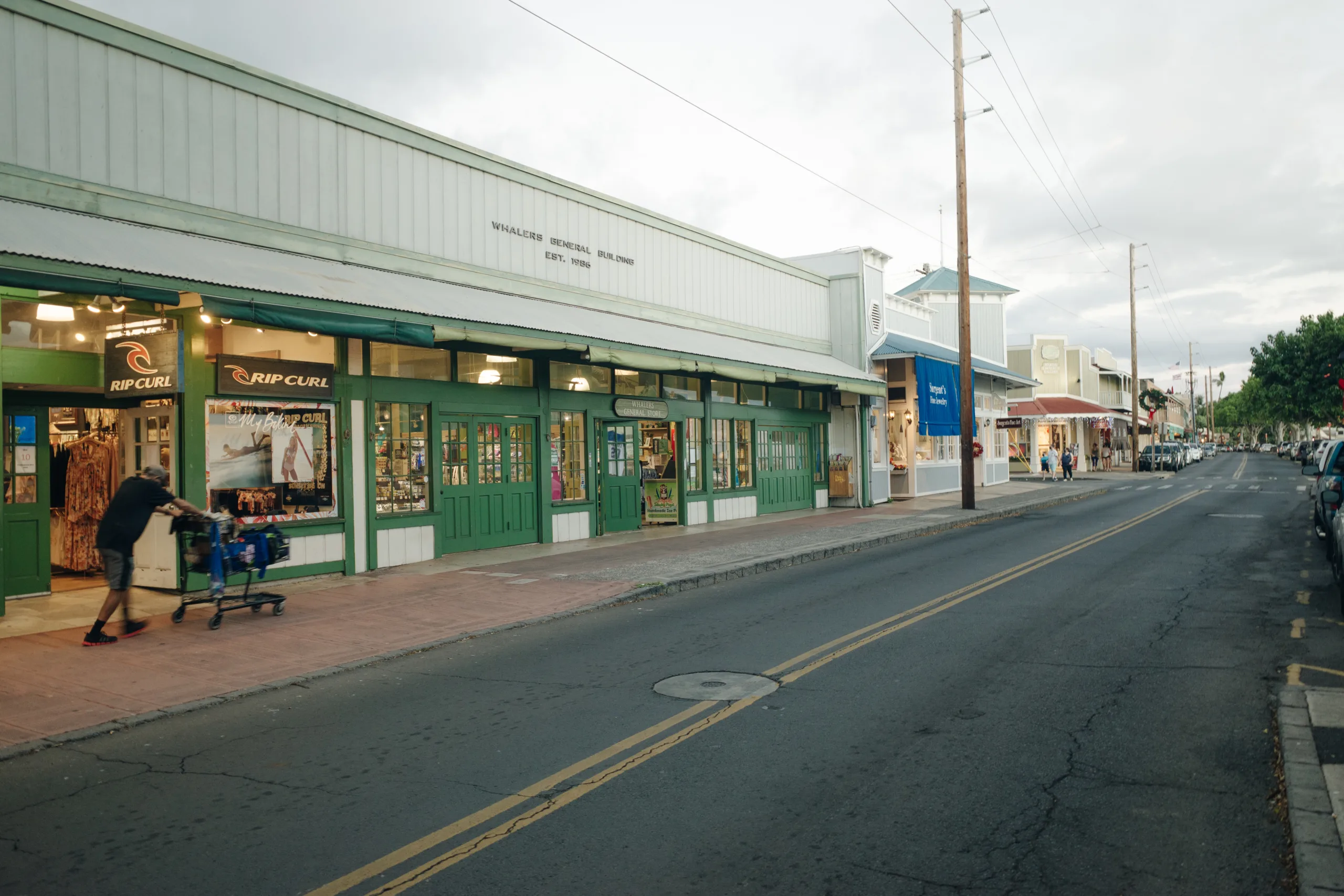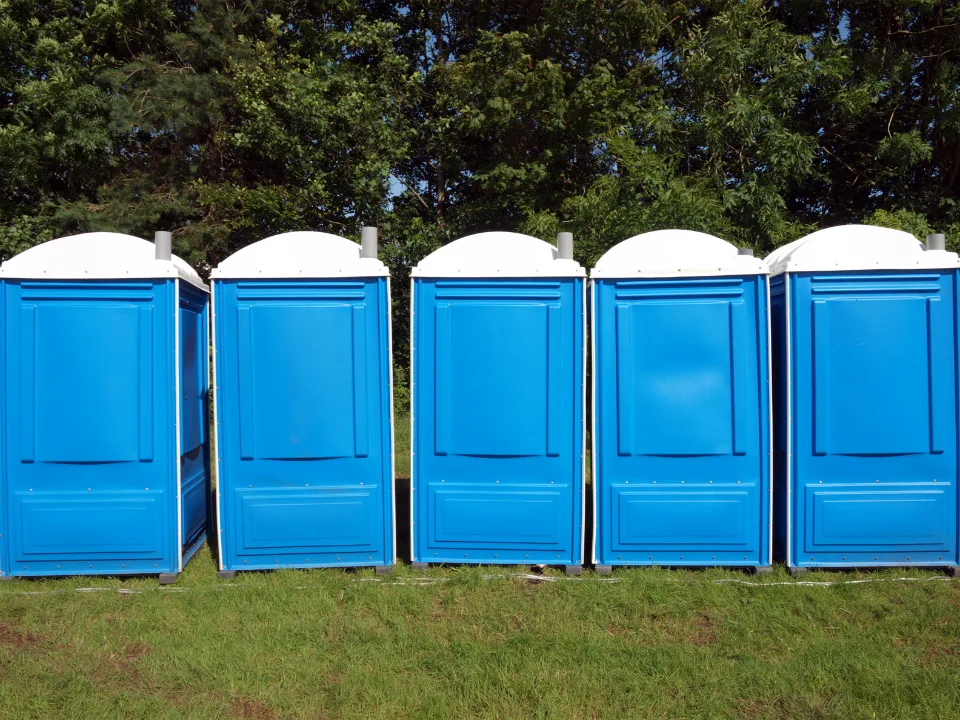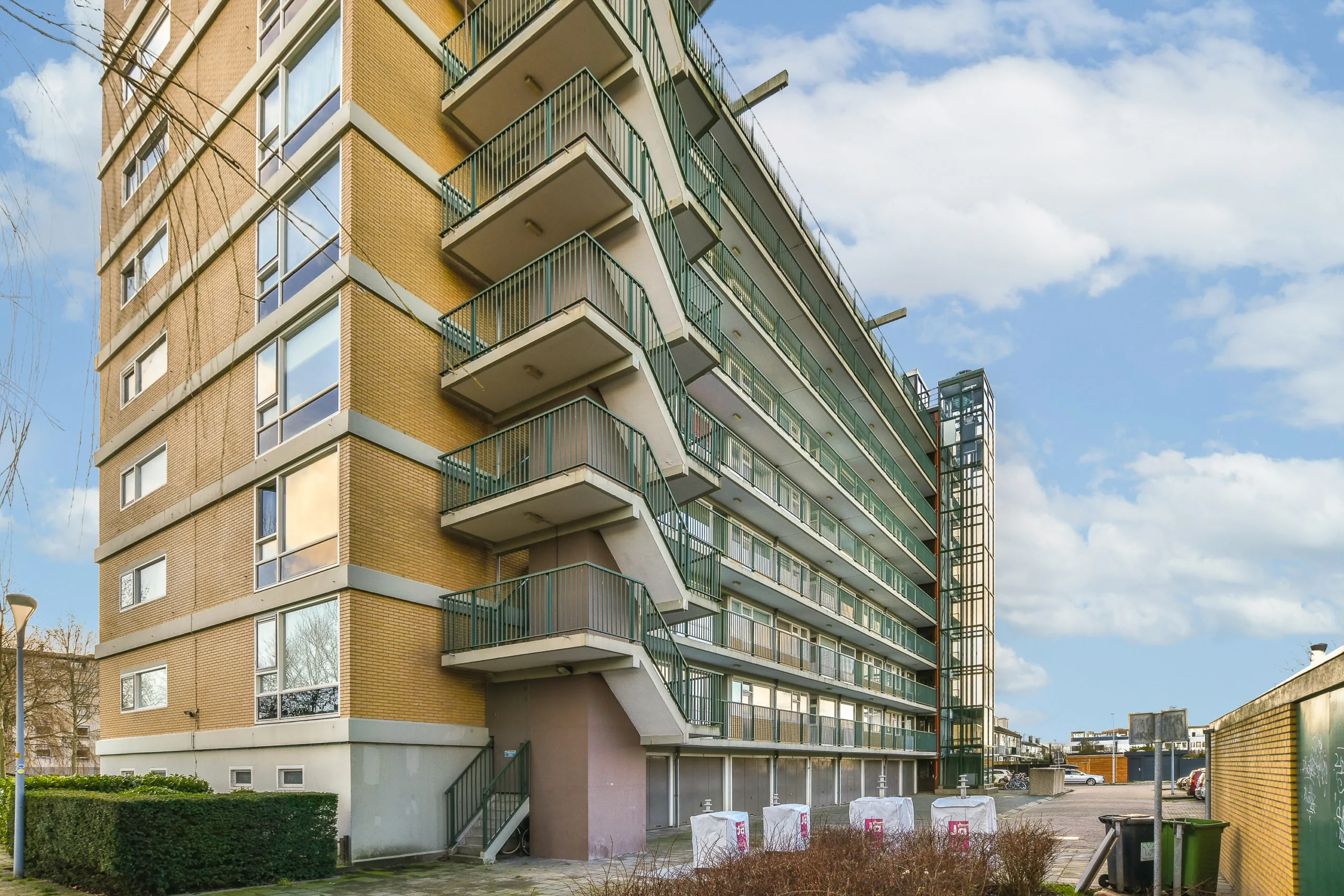- Trammell Crow has secured a 99-year ground lease for 126 Lafayette Street in Soho and must decide whether to build a 99-unit project to avoid costly labor rules or max out the site’s zoning potential with 115 units.
- Projects over 99 units trigger 485x’s union wage floor—$40/hour for developments with 100–150 units—raising costs significantly.
- Building the full 115 units would result in more affordable apartments under the city’s Mandatory Inclusionary Housing program, but waiting for state lawmakers to revise the labor rules may delay housing delivery indefinitely.
- The decision could serve as a litmus test for NYC’s rezoning strategy and the practical impact of 485x in high-cost neighborhoods like Soho.
A Strategic Crossroads In Soho
Trammell Crow’s recent $14.7M acquisition of a 99-year ground lease at 126 Lafayette Street gives the global developer control of a rare development site, reports The Real Deal. The property sits in one of Manhattan’s most desirable—and least affordable—neighborhoods.
But the question isn’t whether it can build; it’s whether it will, and how much.
With roughly 87K SF of buildable space, zoning allows for about 115 units. That nudges the project over a critical threshold in New York’s new 485x tax abatement: developments with more than 99 housing units must pay construction workers a wage floor of $40 per hour, a requirement championed by labor unions but viewed warily by developers for inflating costs.
The 99-Unit Workaround
To sidestep 485x’s labor mandate, many developers have capped their projects at 99 units. That path could preserve Trammell Crow’s profit margins but would reduce the number of affordable units it could deliver—from about 29 in a full build to just 25 under the 99-unit limit.
Get Smarter about what matters in CRE
Stay ahead of trends in commercial real estate with CRE Daily – the free newsletter delivering everything you need to start your day in just 5-minutes
The Wait-And-See Option
The third option: build nothing—yet. Trammell Crow could wait for the state legislature to amend the 485x wage requirements, potentially unlocking millions more in long-term revenue. That strategy carries significant risk given Albany’s unpredictability and labor leaders’ firm stance. But as a deep-pocketed firm with $31B in active projects, Trammell Crow can afford to wait.
High Stakes For Housing Policy
This project could become a case study in whether city and state policies are aligned enough to produce new housing—especially in underbuilt, high-demand neighborhoods like Soho. While rezoning unlocked the site’s residential potential in 2021, the interplay between affordability mandates, labor rules, and market feasibility remains a limiting factor.
And while critics may question the value of more luxury units in an upscale area, the MIH requirements ensure that additional market-rate units also mean more income-restricted ones. Plus, new supply helps ease overall rental pressure across the city.
What Happens Next
Unless lawmakers revise 485x or Trammell Crow decides to proceed under the current rules, the site could remain dormant. That would mean no new housing—affordable or otherwise—in a neighborhood that was rezoned precisely to allow for more.
As housing costs continue to rise and production lags, how Trammell Crow navigates this project will speak volumes about the future of mid-scale development in New York City under 485x.
Why It Matters
Projects in the 100–150-unit range are crucial to easing NYC’s housing shortage. Whether developers can—or will—build them under current rules will shape the city’s residential growth for years to come.

















